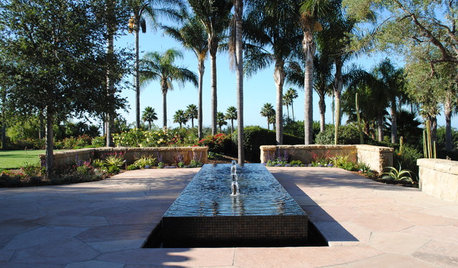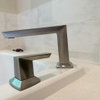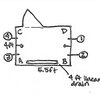water heater recir pump, is it worth it?
stash-hdy
16 years ago
Featured Answer
Sort by:Oldest
Comments (25)
asolo
16 years agolast modified: 9 years agoRelated Professionals
Chantilly Handyman · Bremerton Kitchen & Bathroom Remodelers · Creve Coeur Kitchen & Bathroom Remodelers · Eagle Kitchen & Bathroom Remodelers · Glen Carbon Kitchen & Bathroom Remodelers · Los Alamitos Kitchen & Bathroom Remodelers · New Port Richey East Kitchen & Bathroom Remodelers · Overland Park Kitchen & Bathroom Remodelers · Pinellas Park Kitchen & Bathroom Remodelers · Rancho Cordova Kitchen & Bathroom Remodelers · Rolling Hills Estates Kitchen & Bathroom Remodelers · Thonotosassa Kitchen & Bathroom Remodelers · Toms River Kitchen & Bathroom Remodelers · Fairmont Kitchen & Bathroom Remodelers · Mountain Top Kitchen & Bathroom Remodelersasolo
16 years agolast modified: 9 years agoUser
16 years agolast modified: 9 years agoasolo
16 years agolast modified: 9 years agoUser
16 years agolast modified: 9 years agoasolo
16 years agolast modified: 9 years agostash-hdy
16 years agolast modified: 9 years agostash-hdy
16 years agolast modified: 9 years agoasolo
16 years agolast modified: 9 years agoUser
16 years agolast modified: 9 years agojoeplumb
16 years agolast modified: 9 years agotmartinez
16 years agolast modified: 9 years agoUser
16 years agolast modified: 9 years agotmartinez
16 years agolast modified: 9 years agojakethewonderdog
16 years agolast modified: 9 years agoUser
16 years agolast modified: 9 years agonapagirl
16 years agolast modified: 9 years agodavidandkasie
16 years agolast modified: 9 years agojakethewonderdog
16 years agolast modified: 9 years agomungo
15 years agolast modified: 9 years agobrickeyee
15 years agolast modified: 9 years agojanicedallas
15 years agolast modified: 9 years agomungo
14 years agolast modified: 9 years agocclmnts6
7 years ago
Related Stories

GREAT HOME PROJECTSHow to Switch to a Tankless Water Heater
New project for a new year: Swap your conventional heater for an energy-saving model — and don’t be fooled by misinformation
Full Story
GREAT HOME PROJECTSHow to Add a Solar Water Heater
Lower energy bills without a major renovation by putting the sun to work heating your home’s water
Full Story
SAVING WATER11 Ways to Save Water at Home
Whether you live in a drought-stricken area or just want to help preserve a precious resource, here are things you can do to use less water
Full Story
GREEN BUILDINGWater Sense for Big Savings
Keep dollars in your pocket and preserve a precious resource with these easy DIY strategies
Full Story
GREEN DECORATINGEasy Green: Big and Small Ways to Be More Water-Wise at Home
These 20 tips can help us all make the best use of a precious resource. How do you save water in summer?
Full Story
GARDENING AND LANDSCAPINGGardens Tap Into Rill Water Features
Rooted in ancient design, this water feature is popular again as a way to help contemporary landscapes flow
Full Story
DISASTER PREP & RECOVERYRemodeling After Water Damage: Tips From a Homeowner Who Did It
Learn the crucial steps and coping mechanisms that can help when flooding strikes your home
Full Story
HEALTHY HOMEHow to Keep Water Vapor From Ruining Your House and Your Health
We help you find out when it’s happening, what it means and how to fix it
Full Story
HOUSEKEEPING5 Steps to Improve Your Heating System Now
Increase your heater's efficiency and safety for lower energy bills and greater peace of mind this winter
Full Story
EARTH DAYGrow a Beautiful Garden With Ecofriendly Greywater
Reducing home water waste means lower bills and a healthier planet. Here's how to set up a greywater home irrigation system that can help
Full Story







lazypup